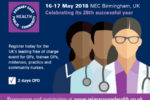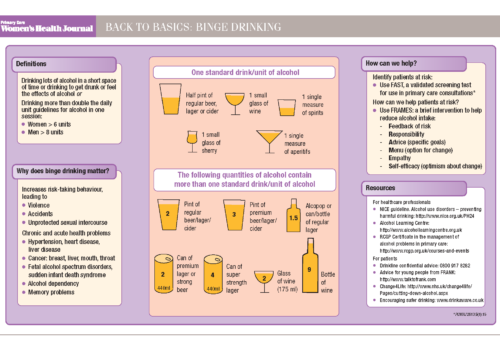Young people under the age of 18 present particular challenges for many health professionals, and a structured approach is essential when providing services for this age group. Health professionals have a responsibility to provide information in an approachable manner on all methods of contraception, including long-acting reversible contraception (LARC), and the prevention and testing of sexually transmitted infections (STIs). Professionals also need to be able to accurately assess a young person and undertake safeguarding as needed.





























